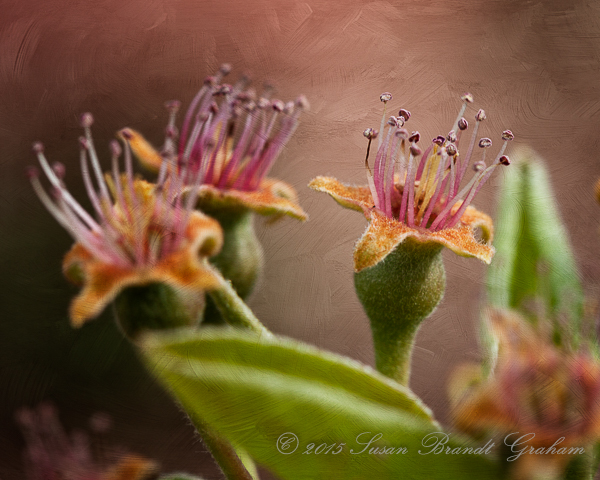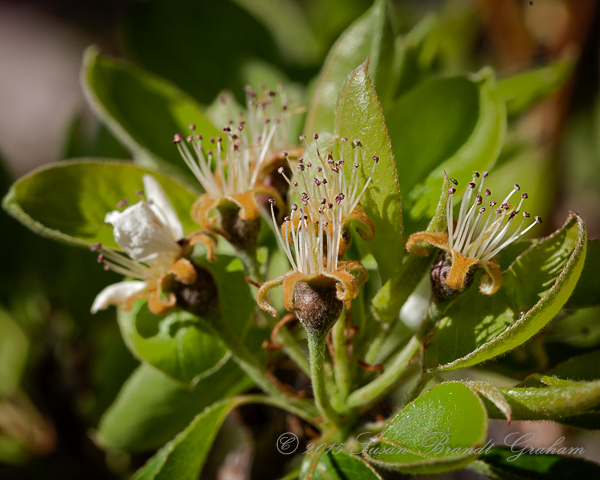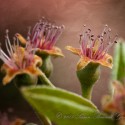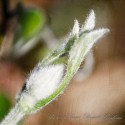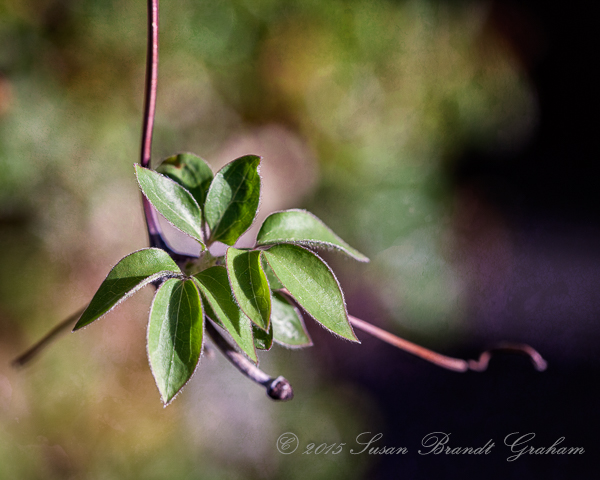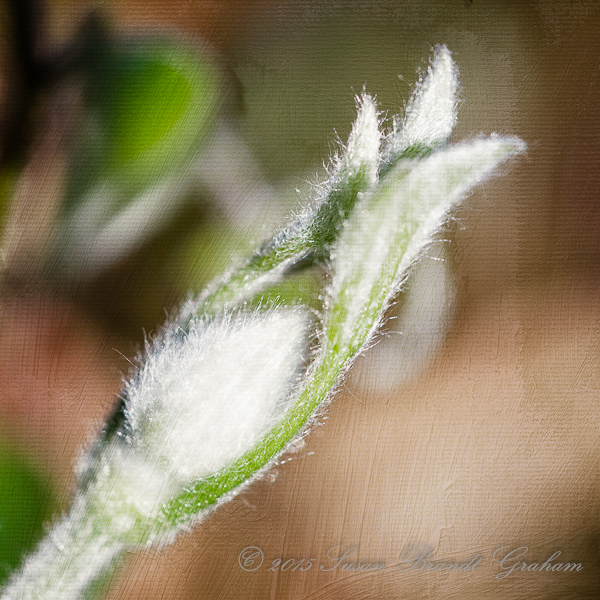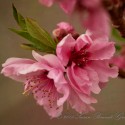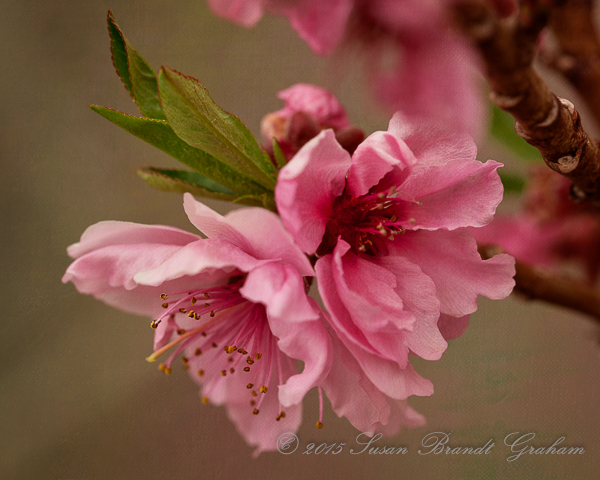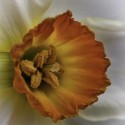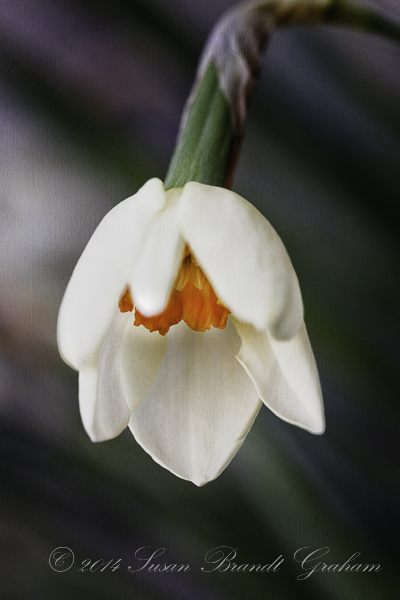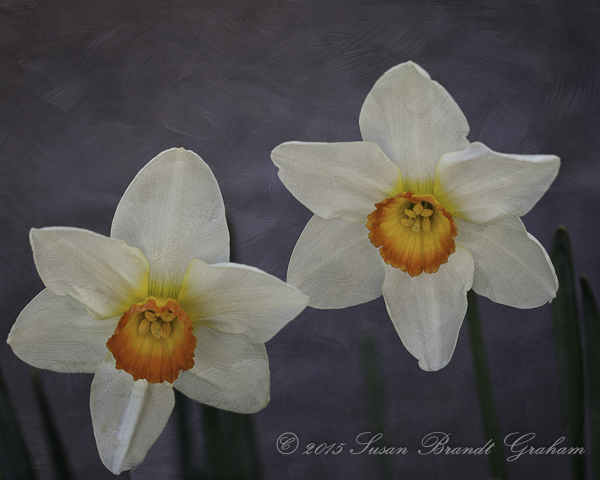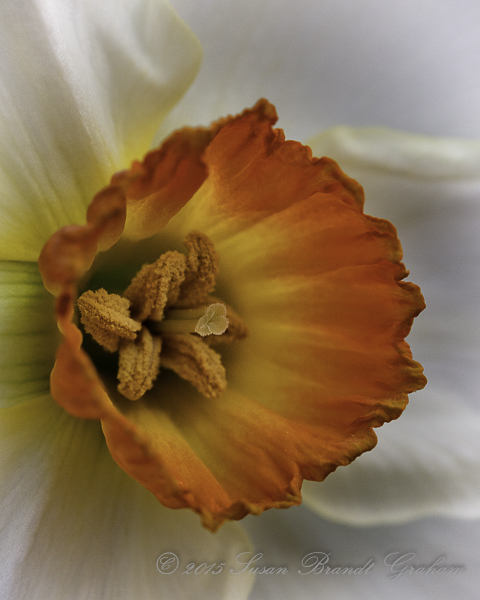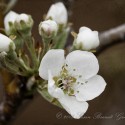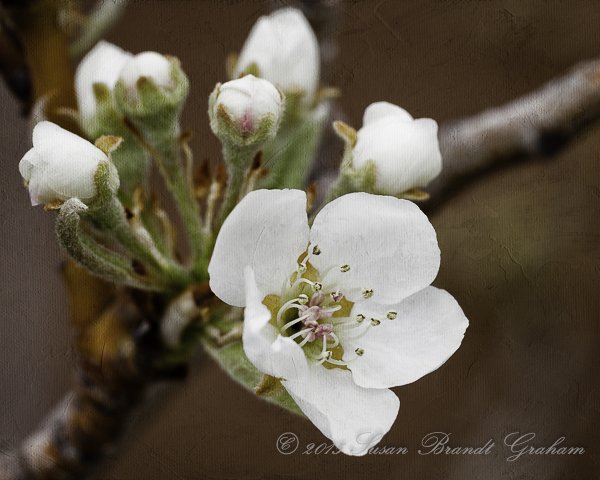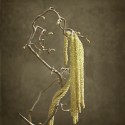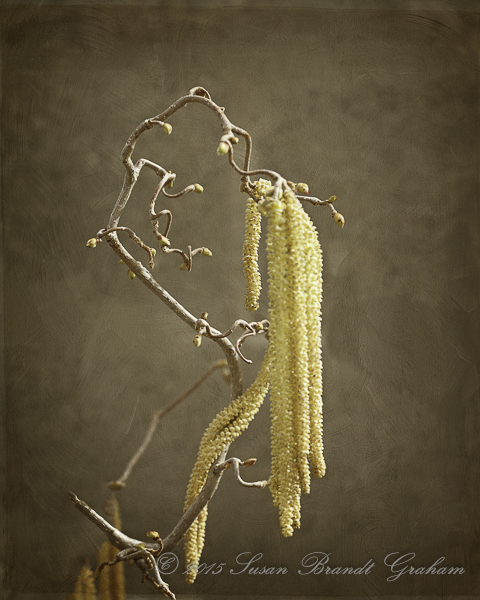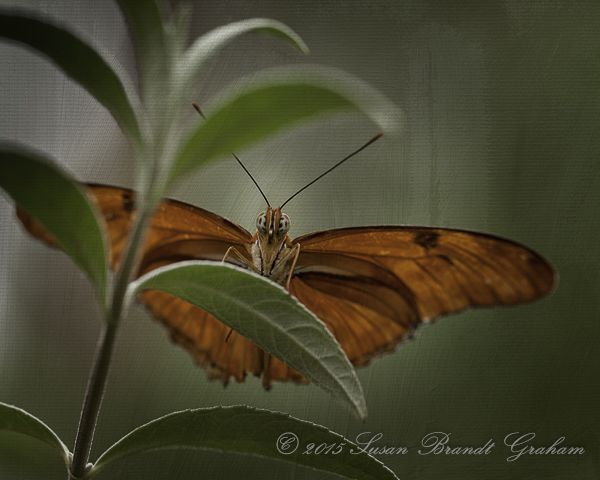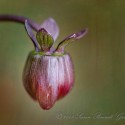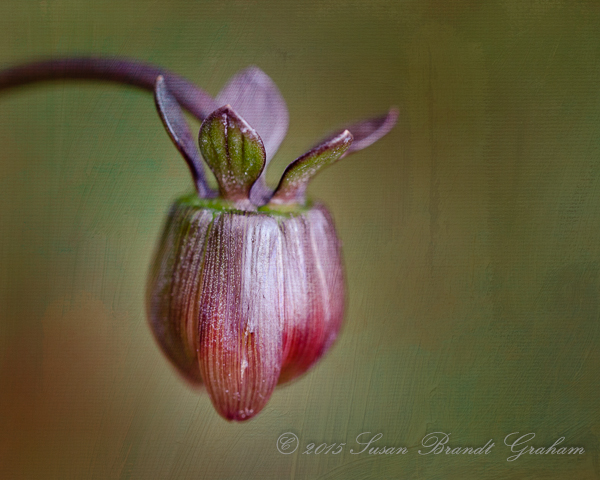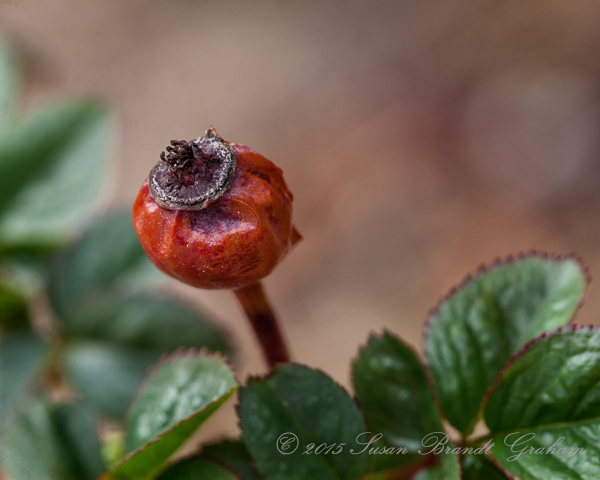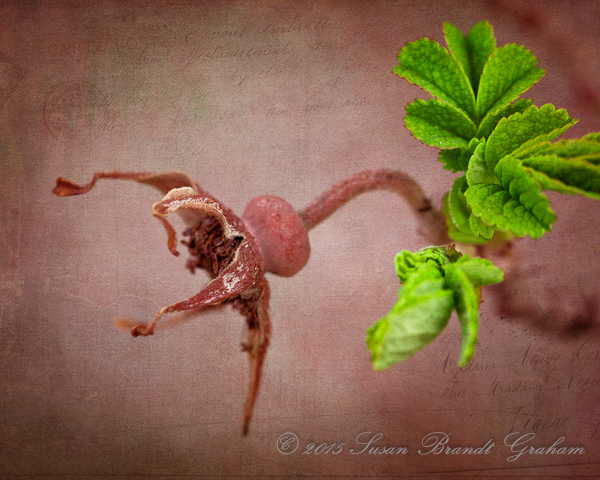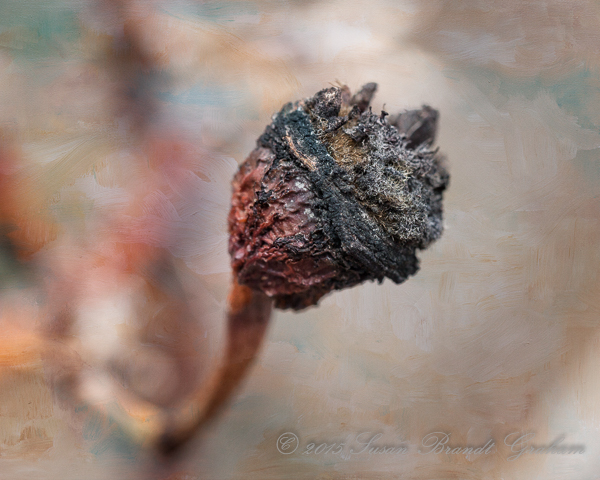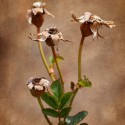When to Prune Roses in the High Desert – A Constant Dilemma
When to prune roses is a constant dilemma in the High Desert. Although this blog is titled “Southwest Desert Gardening,” there are so many different environments in the large sense and microclimates in the small sense, that no universal recommendations are possible. Roses are already reported to be blooming in Tucson, Arizona, and the good folks in Santa Fe will prune their roses even later than we do here in Albuquerque. My mom lives less than a mile from me as the crow flies, and she has already pruned her roses; her yard runs 5°-10°F warmer than mine. Within my very small yard are several microclimates. It is very warm against a south-facing wall, and quite cool against a north-facing wall; that is always the last place the snow melts in my yard.
The “Average Last Frost-Free Date” has generally – in the past – been agreed to be April 15. That has to be seen as truly an average for a large area, and it may not apply to many spots in that large area. It probably does apply to where I live, but I have friends in Corrales who regularly get freezes well into May, and sometimes even later. I generally prune around the beginning of April, and do not fertilize until well past mid-April. There have been years when I lost a lot of new growth in May from a late freeze.
A couple of weeks ago we had several days of very warm temperatures for February. A lot of my roses sent out new growth in response. Then we got a significant snow, with a few days of colder temps. Much of that new growth died. Had I pruned those roses, there would be many fewer spots for new growth to replace that killed in the cold. As it is, when it is time to prune, the result will be “no harm, no foul.”
The combination of warm days, plus too early to prune roses, has produced some wonderfully interesting photographic opportunities this year, however. I have already shown a variety of rose hips and “winter beauty.”
The images for today’s post are from the modern shrub rose, ‘Route 66.’ The flowers are purple with a white eye, and have a strong, very pleasant scent. It is one of the first in my yard to bloom in the spring. As I was looking things over, I spotted a bud from last year that froze in the fall before it ever completely opened. You can tell, even as dried as it is, that the flower would have been purple. Because it did not bloom, a true hip did not form. I also found a “spray” of hips on ‘Route 66.’ When I do prune roses, this will be one of the first.
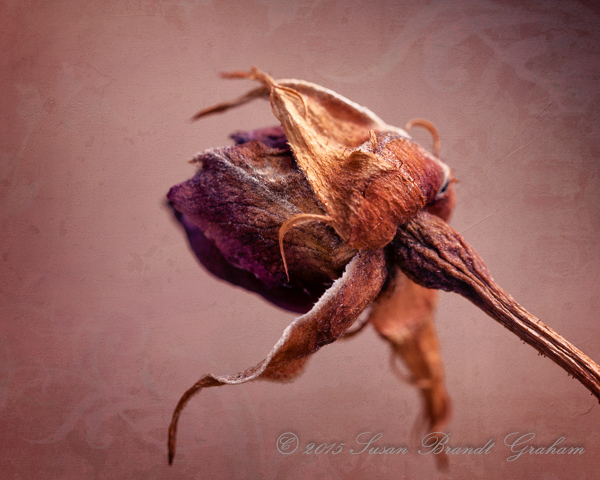
Frozen, dried bud of shrub rose, ‘Route 66’
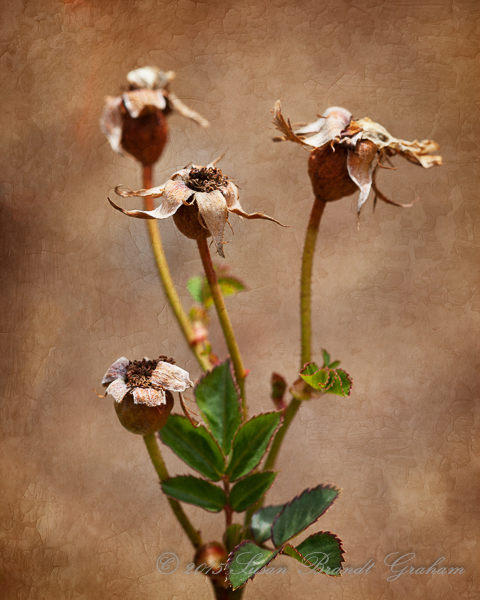
Rose hips from spray of shrub rose ‘Route 66’
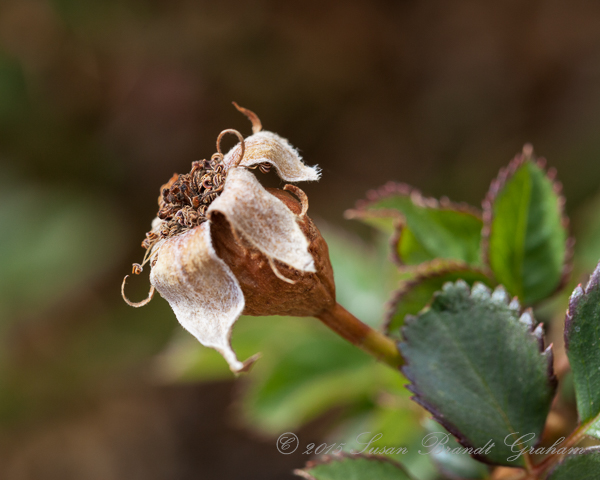
Fully formed hip of ‘Route 66’ with lush new growth
Like this:
Like Loading...
